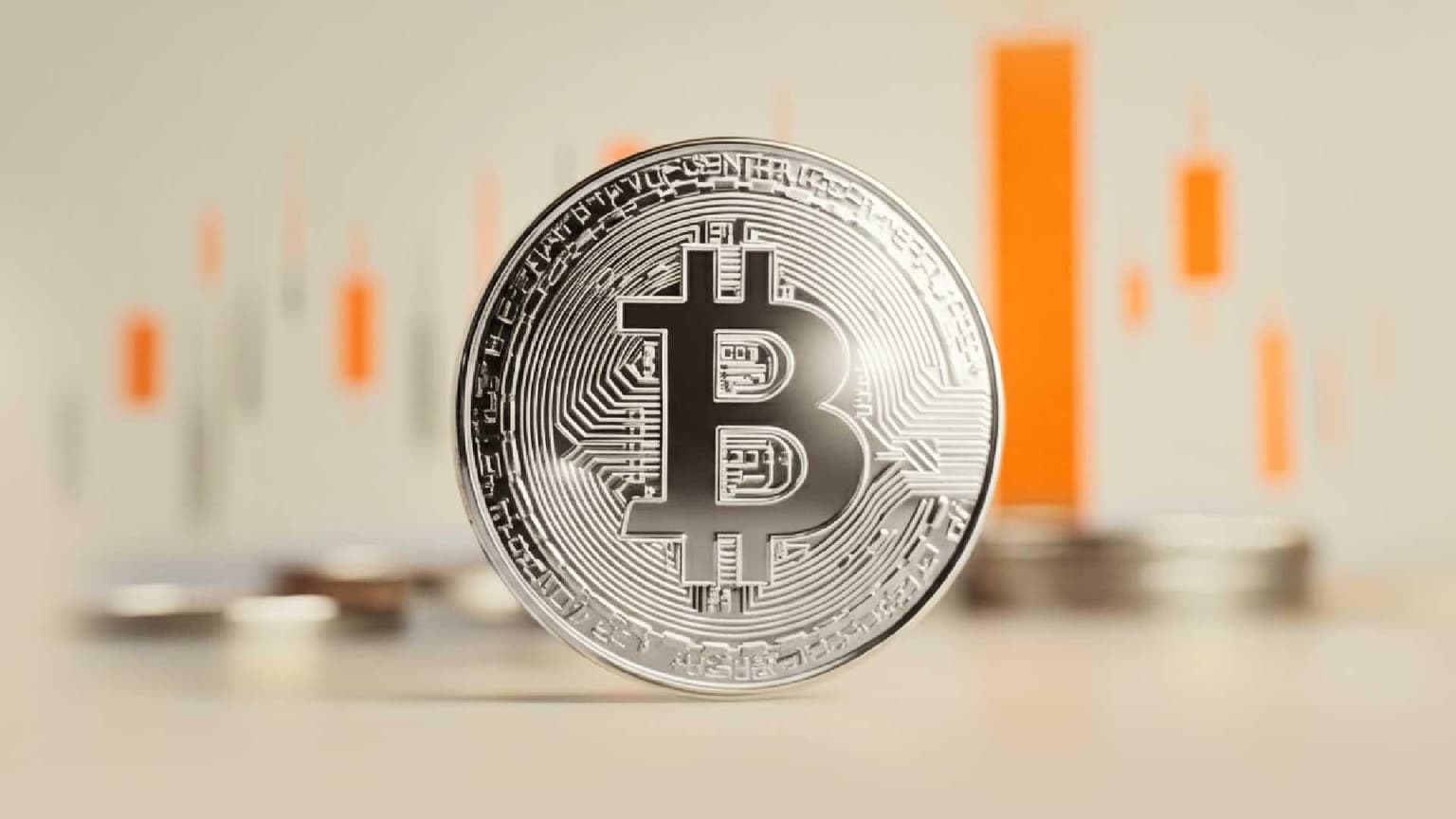There’s potential for crypto as a lucrative asset class for traditional investors – Taras Dovgal

As a developer with over a decade of experience, Taras Dovgal has navigated changing technological landscapes, starting with web2 applications and progressing to web3 products.
He is also a seasoned serial entrepreneur currently working on products that blend the worlds of fiat and cryptocurrency. His expertise in identifying innovative investment opportunities and extensive experience in both conventional business and crypto makes him an ideal resource for traditional investors seeking insight into the crypto market.
The crypto market is different from traditional markets, which is why traditional traders and investors may be reluctant to venture into it, despite their desire to do so. Taras has experience with both markets, and I asked him to share his insights with traditional investors looking to enter crypto without making costly mistakes.
“The crypto market is indeed different. However, I wouldn't call it complex. It's just unfamiliar for those who are just starting out. First time I was there, a developer-side of me was captivated by the technology, but from an entrepreneurial perspective, I didn't consider it investment-worthy. Having learned about the possibilities and the ongoing efforts to mainstream this technology, I realized its business potential and knew it would hold the bright future I wanted to pursue,” Taras said.
In my question to Taras, I asked if established investors should forget everything they know or they could apply some of their strategies to crypto investments.
Taras said some strategies might work, but investors should always keep in mind this is a different market with its nuances.
“It’s like an experienced sailor jumping on board a spaceship for the first time. While the sailor may have some useful skills that carry over, they need to be aware of the different environment they are now in and make sure to adjust their tactics accordingly,” he said.
Cryptocurrency investment vehicles
“You can use spot trading in large-cap cryptocurrencies and tokens if you want a forex trading-like experience. However, you should be prepared for greater volatility, which means applying risk management techniques like never investing more than you can afford to lose, and so on.
Similarly to forex markets, you should stay abreast of crypto market news and global market news and events because they can significantly influence crypto assets’ price movement,” he said.
The crypto market, according to Taras, is also correlated with stock market movements, especially the tech-heavy Nasdaq Composite, which is why it's crucial to stay updated on broader developments in other markets.
“If you're looking for a similar experience to investing in initial public offerings (IPOs), you can try capitalizing on Initial DEX Offerings (IDOs), the crypto industry's equivalent of IPOs. However, IDOs are extremely risky, with big pumps often followed by big dumps, and exit scammers are common. Investing in any IDO requires thorough research and due diligence, otherwise, you risk losing your hard-earned money”, Taras warned.
“Investing in an IDO is like gambling: You can get lucky and hit it big, but there’s also the chance of losing everything,” he said.
To be on the safe side, only engage in IDOs at major crypto exchanges like Binance or Huobi that carefully select those projects, he added.
Additionally, Taras mentioned crypto launchpads, which are DEX-based platforms where crypto projects can be shown and funded. Crypto investors have access to early-stage crypto token sales before the project is publicly listed. However, crypto projects that are listed on launchpads are often very early in their development, which can make them high-risk investments.
“To invest in a crypto project for the long run, it is important to understand its nuances in depth. A number of factors are worth looking into, including its source code on Github (if it is even an open-source project), the code's popularity and frequency of updates, the project's team size, security audits, and investors' backgrounds," he said.
Crypto market metrics
Taras helped grow a number of successful crypto projects during his tenure at Kikimora Labs. Thus, he can identify candidates that are worthy from the ground up as well as those that have a great deal of promise on paper but are in reality empty shell projects.
So I asked Taras to imagine I'm a stock market investor who decided to get involved with the crypto market. In traditional finance, I can always use metrics such as the price-to-earnings ratio, price-to-cash flow, price-to-sales, earnings per share, etc., to estimate a company's value.
However, I can't assess quarterly earnings for a token, for example, since they don't exist. I asked Taras if I can use any measurable indicators to gauge the value of a crypto project or if I have to rely solely on my intuition.
As a starting point, he recommends reading a crypto project's white paper.
“You can get a general idea of how viable a project is by looking at its white paper, which details the project's scope, metrics, code formulas, and tokenomics. The project’s future is often predicted based on this information," he said.
Taras explained that a key component of crypto tokenomics’ success is utility. “In the same way that fiat currency has value if it is used by the citizens to pay for goods and services, digital assets need to be backed by functionalities that benefit its users. They may include governance, medium of exchange across platforms, staking, mining, yield farming, and so on,” he said.
It is also important to consider mechanisms of supply and price stability, Taras said. In a scenario where supply increases while demand stays the same, the price of the token will fall. Conversely, when supply decreases while demand stays the same, the price of the token will increase.
“It is important for investors to understand how crypto projects control their token supply. In particular, whether they cap it and if they use mechanisms such as coin burns and buybacks for price stability.
Terra Luna's price stability problems were pointed out by a few voices during its heyday but were widely ignored. This case should serve as a lesson for us all. Let this be a reminder that when something looks too good to be true, it probably is—especially if it's a crypto project,” Taras said.
Furthermore, as with traditional market capitalization, a cryptocurrency's market cap measures the total market value of all issued virtual coins. Potential investors can gain insight into a cryptocurrency's market performance by analyzing its historical price performance and market capitalization, Taras explained.
In DeFi projects, you can look at the total value locked (TVL) metric, which displays the total value of cryptocurrency that is locked in a smart contract. Traders and investors care about TVL because it indicates the capital's impact on DeFi applications' profits and usability. A rising TVL of a DeFi platform is followed by an increase in liquidity, popularity, and usability. With a higher TVL, more capital is locked into DeFi protocols, resulting in greater benefits and profits for participants. The lower the TVL, the lower the availability of money, hence the lower the yield.
On-chain analysis
Investors can separate the signal from the noise by analyzing on-chain data, Taras continued. By using a blockchain explorer, you can view transactions on the distributed ledger. Transactions are not only authenticated by a predefined number of network participants, but are also irreversible.
“On-change trading volume can differ from trading volume reported by exchanges. Using on-chain data, you can determine whether the transactions exchanges show have actually taken place. Because some exchanges manipulate data, crypto traders can make informed decisions based on accurate data by examining trading volume alongside on-chain volume,” he said.
Taras said analyzing average exchange deposits is also worth taking into account. “Generally, there is some confusion when it comes to analyzing an exchange's inflows and outflows. Funds could remain idle for quite some time before being traded so it is better to measure average exchange deposits to estimate these flows,” he said.
Taras also suggests examining Open Interest, which is the number of futures contracts that market participants hold at the end of each trading day, to assess market sentiment and trend strength. It differs from the number of outstanding shares of a company, which typically remains unchanged.
Technical analysis
Crypto traders use the same technical analysis indicators as traditional finance market traders, according to Taras. Since technical analysis forecasts price direction based on historical data, and assumes human psychology repeats over time, it is also applicable to crypto.
Analysts in the cryptocurrency market use the same popular indicators used in traditional markets, such as moving averages, moving average convergence divergence (MACD), and relative strength index (RSI), among many others.
Final words
“Investors coming from traditional markets who are new to crypto can find it challenging to understand its specifics. However, with a little bit of research and practice, they can learn to read these indicators and make informed investment decisions. It is like unlocking a new door, which leads to a whole new world of opportunity with potentially high rewards. Just make sure you keep your private keys safe, or else you'll be locked out of the crypto world!” Taras said.
Author

Mike Ermolaev
Independent Analyst
Mike Ermolaev is the founder of Outset PR. The agency helps tech companies, especially blockchain and Web3 projects, get the desired recognition thanks to its wealth of media connections.





